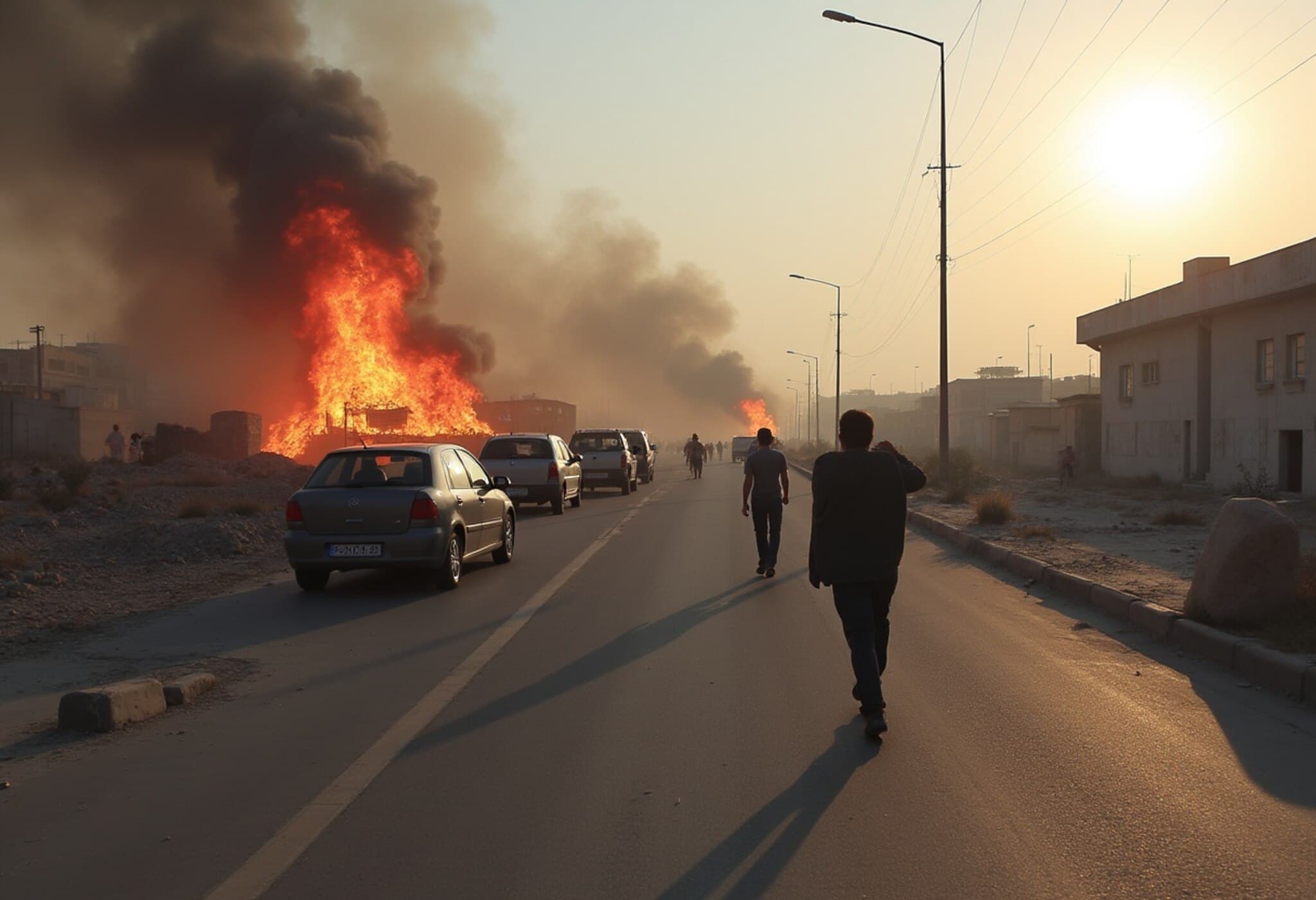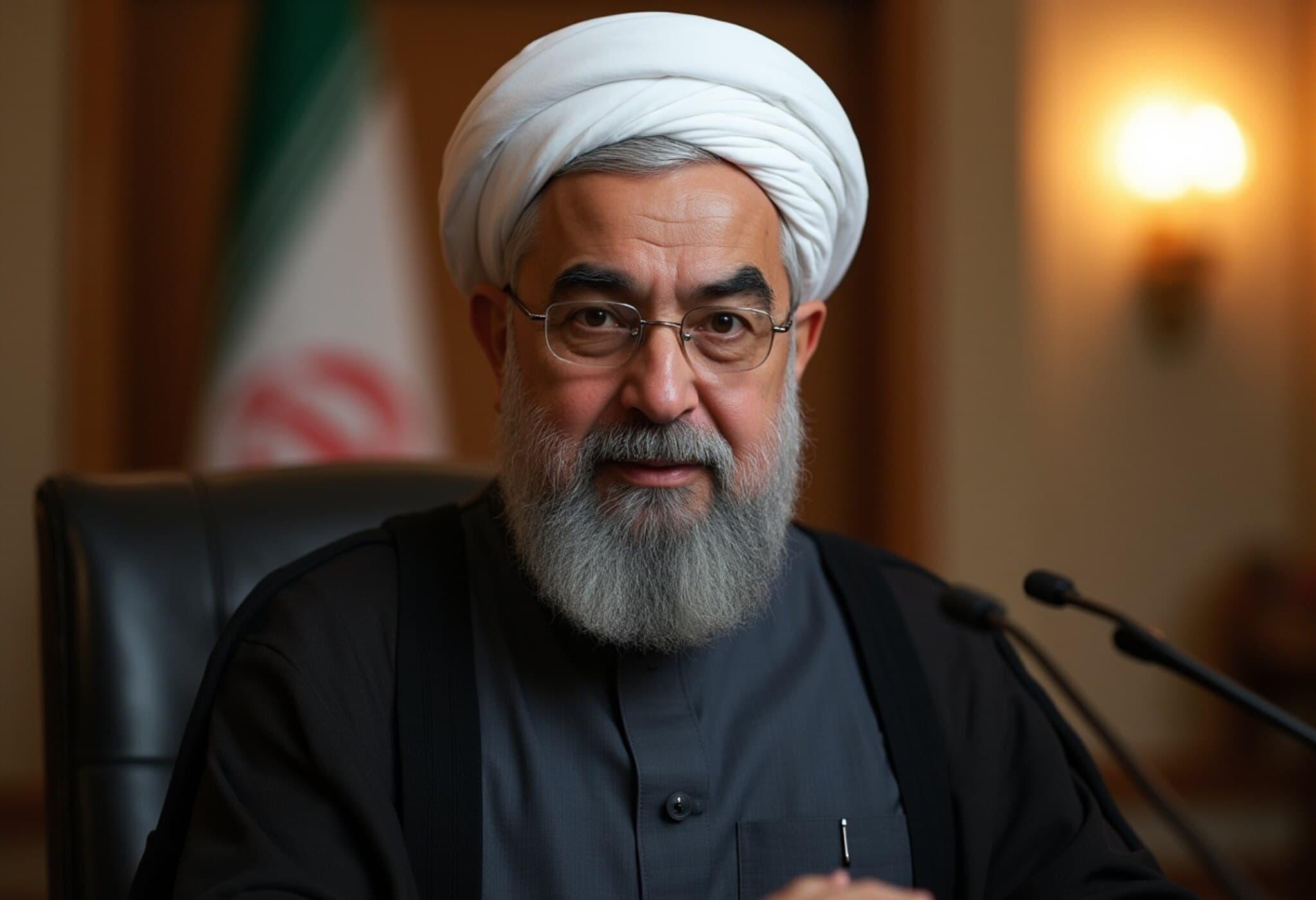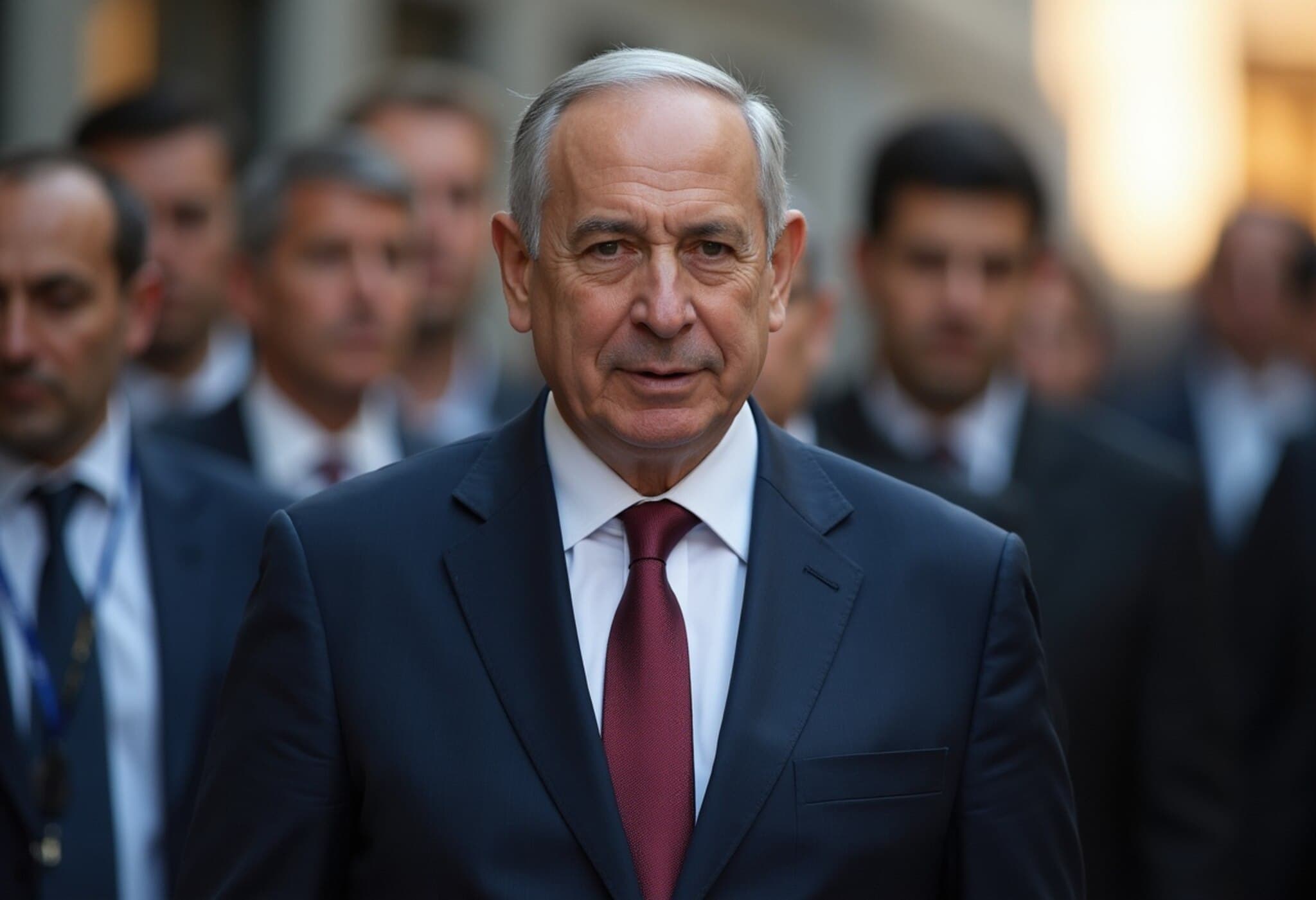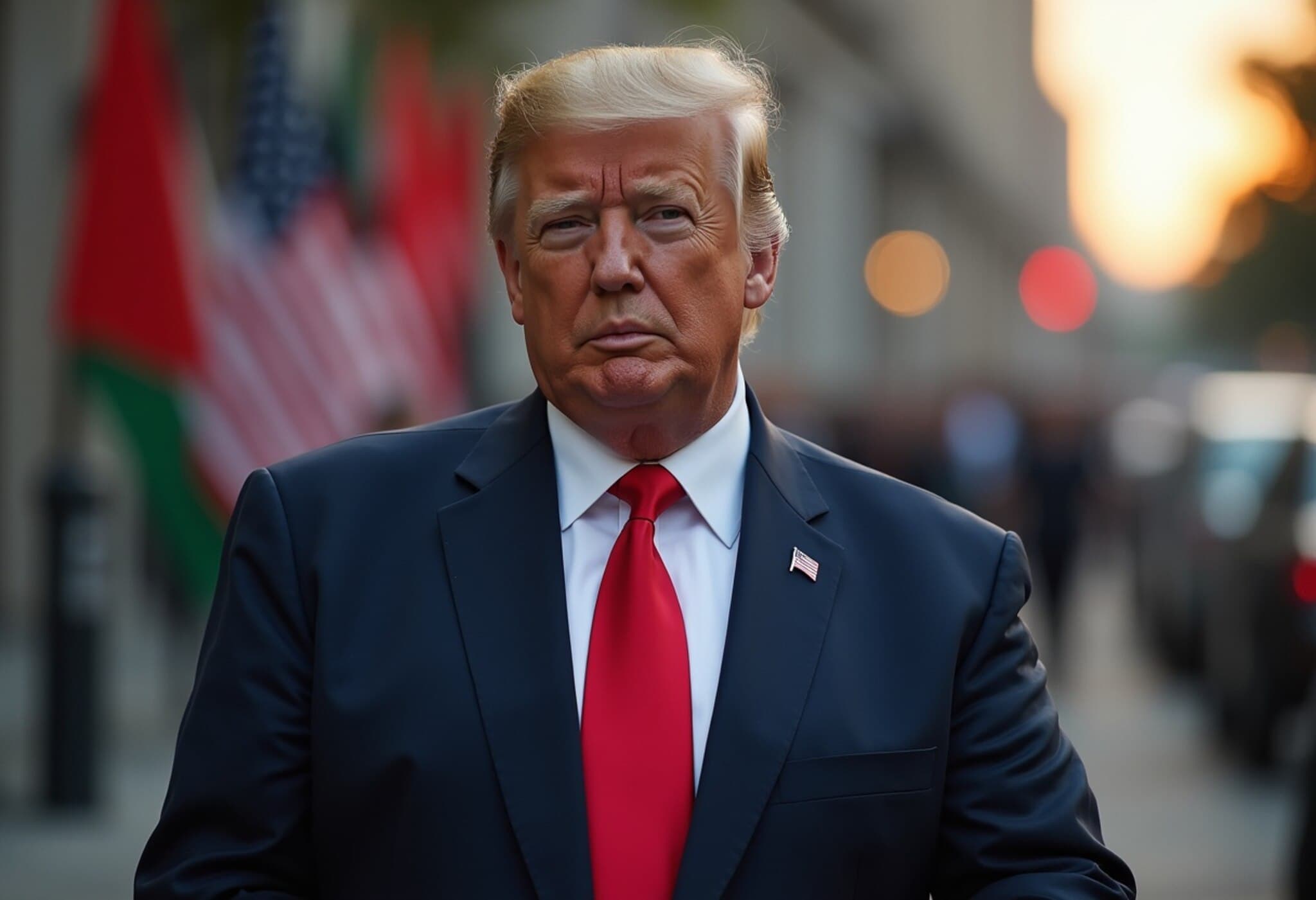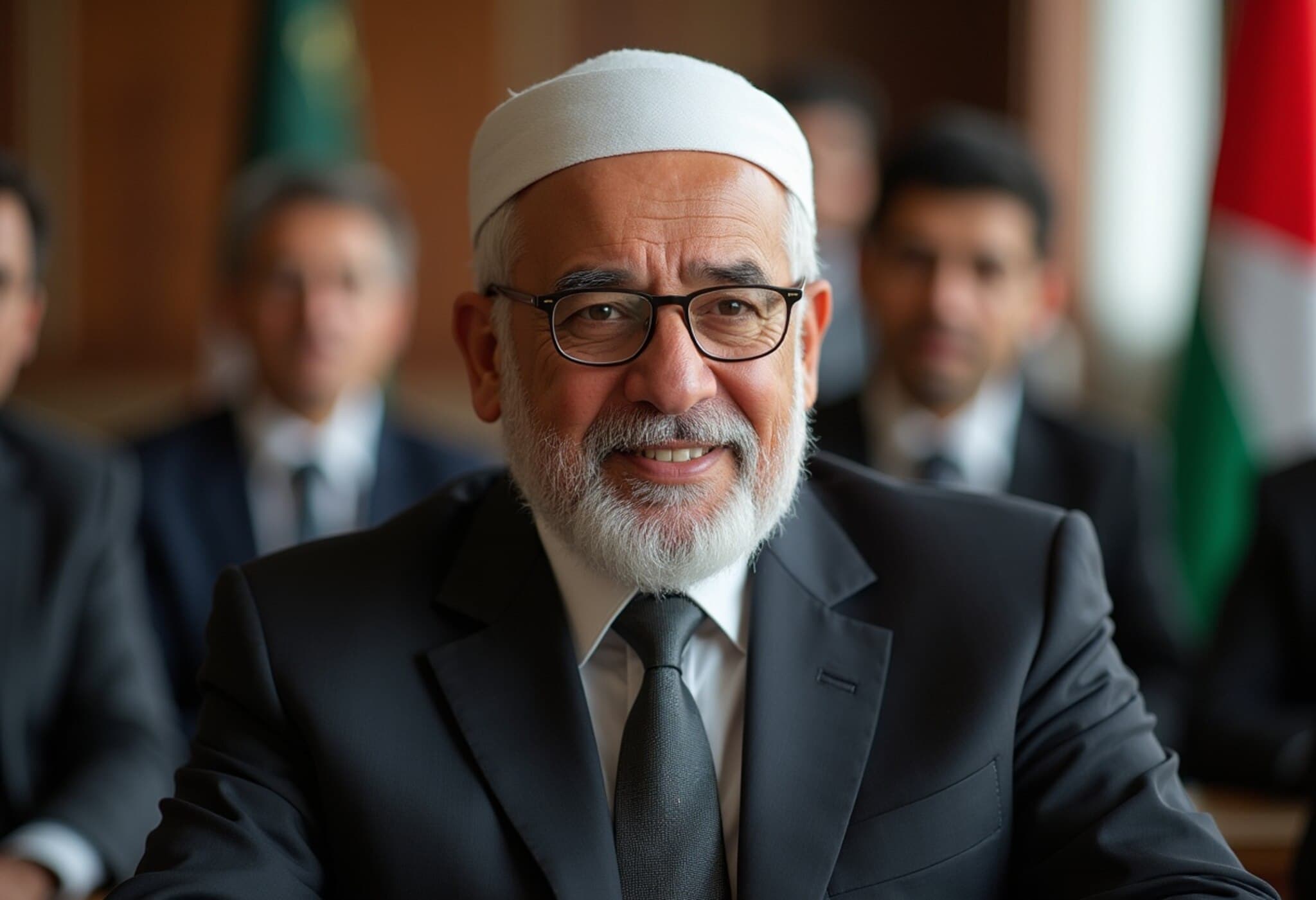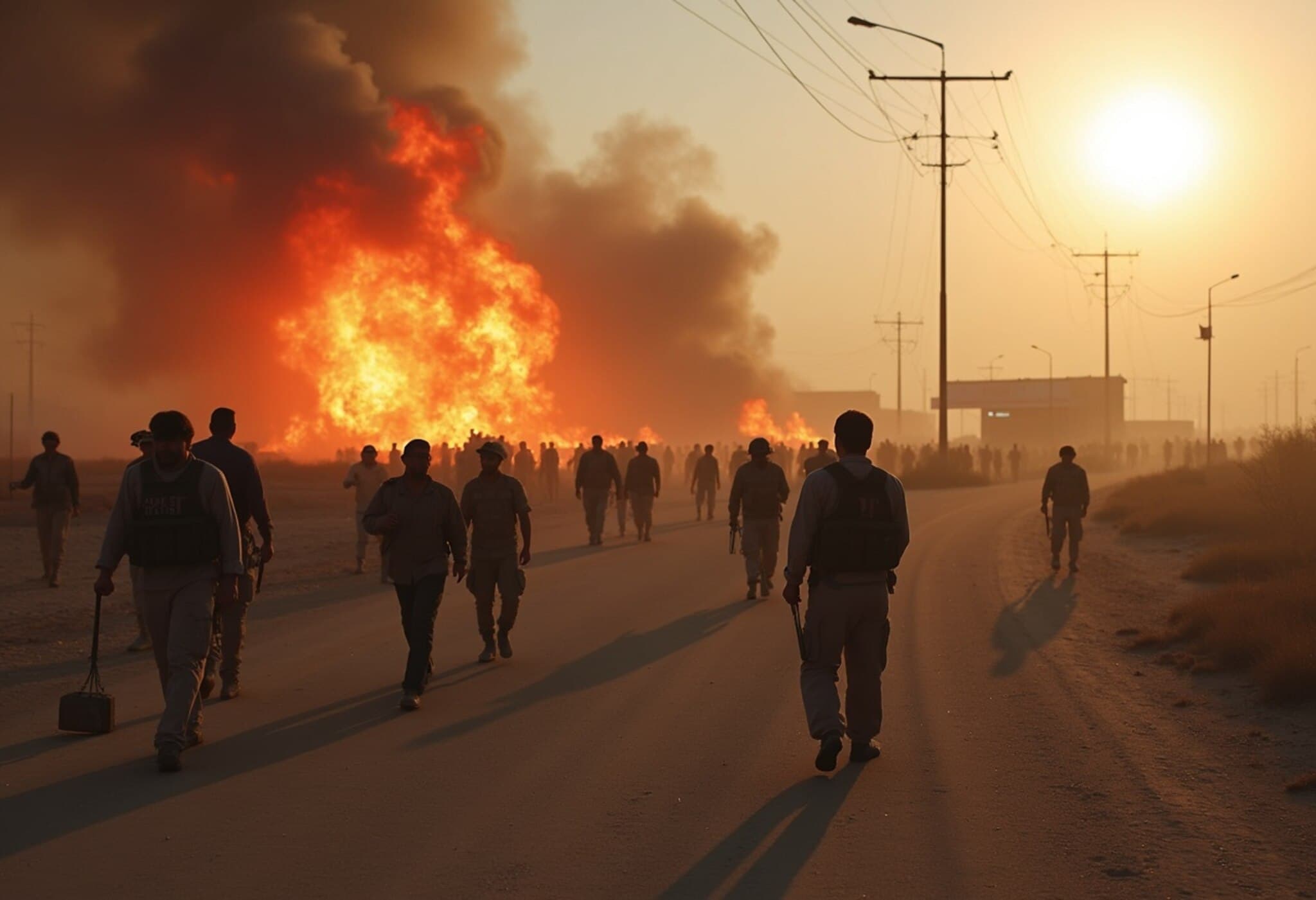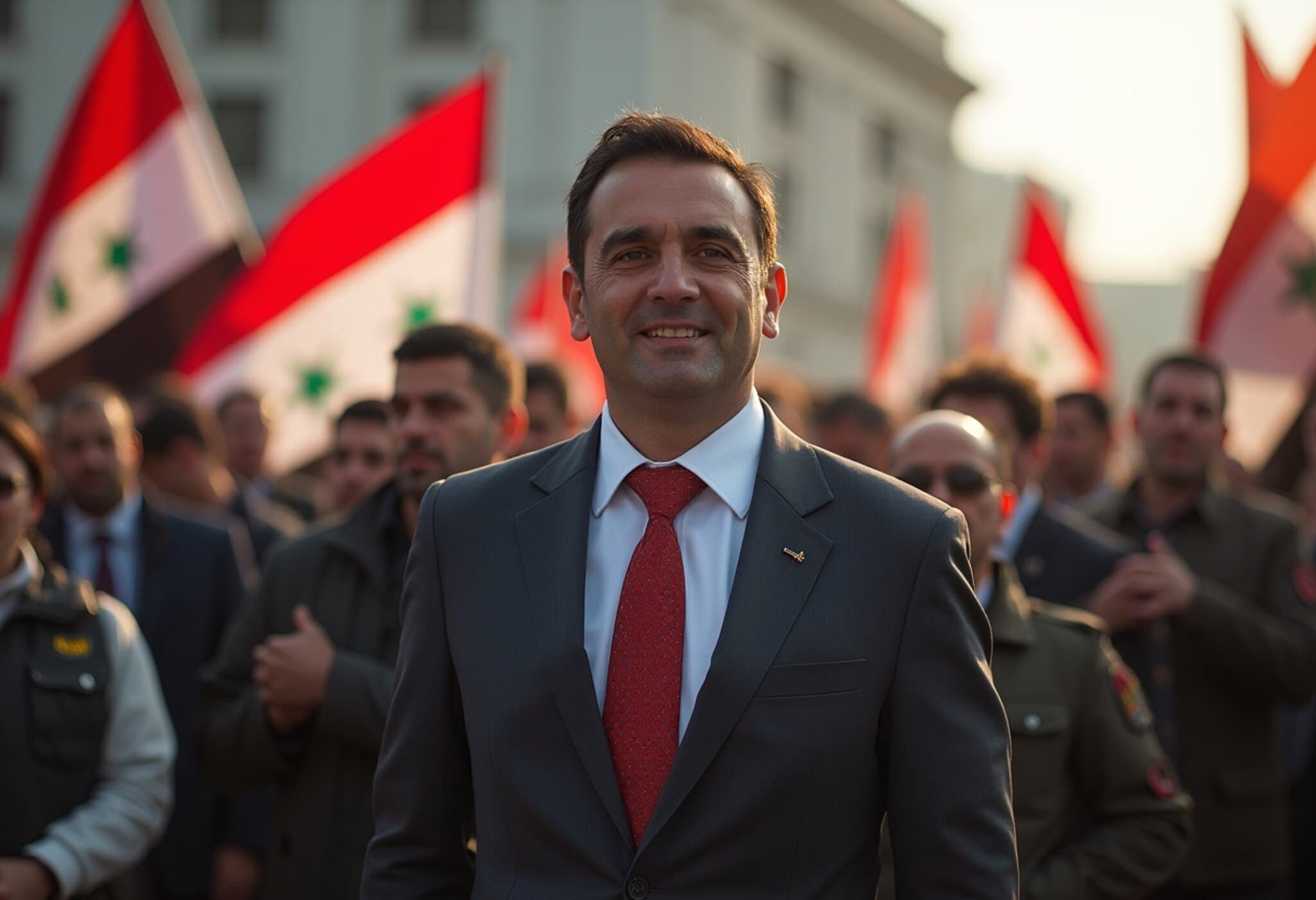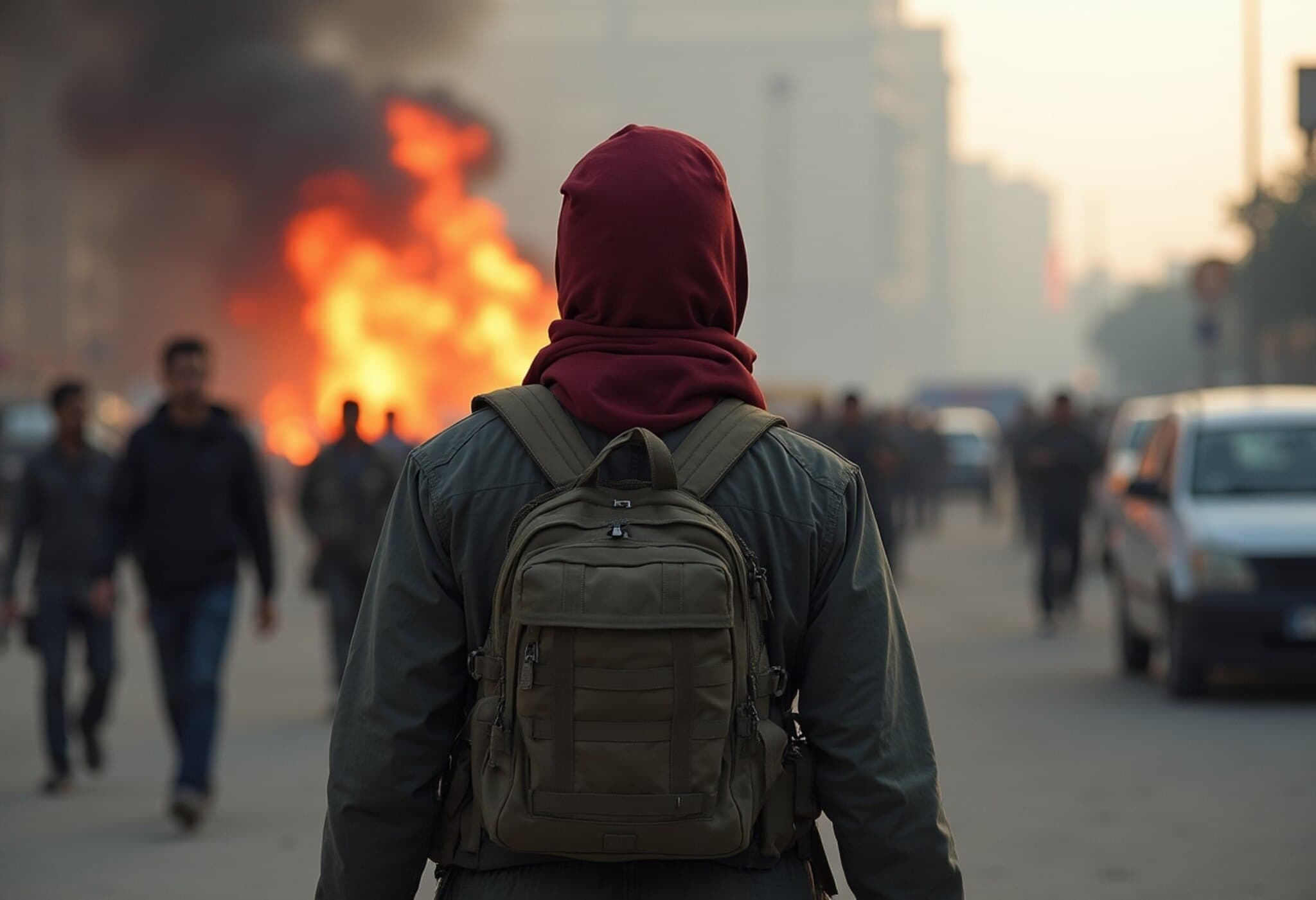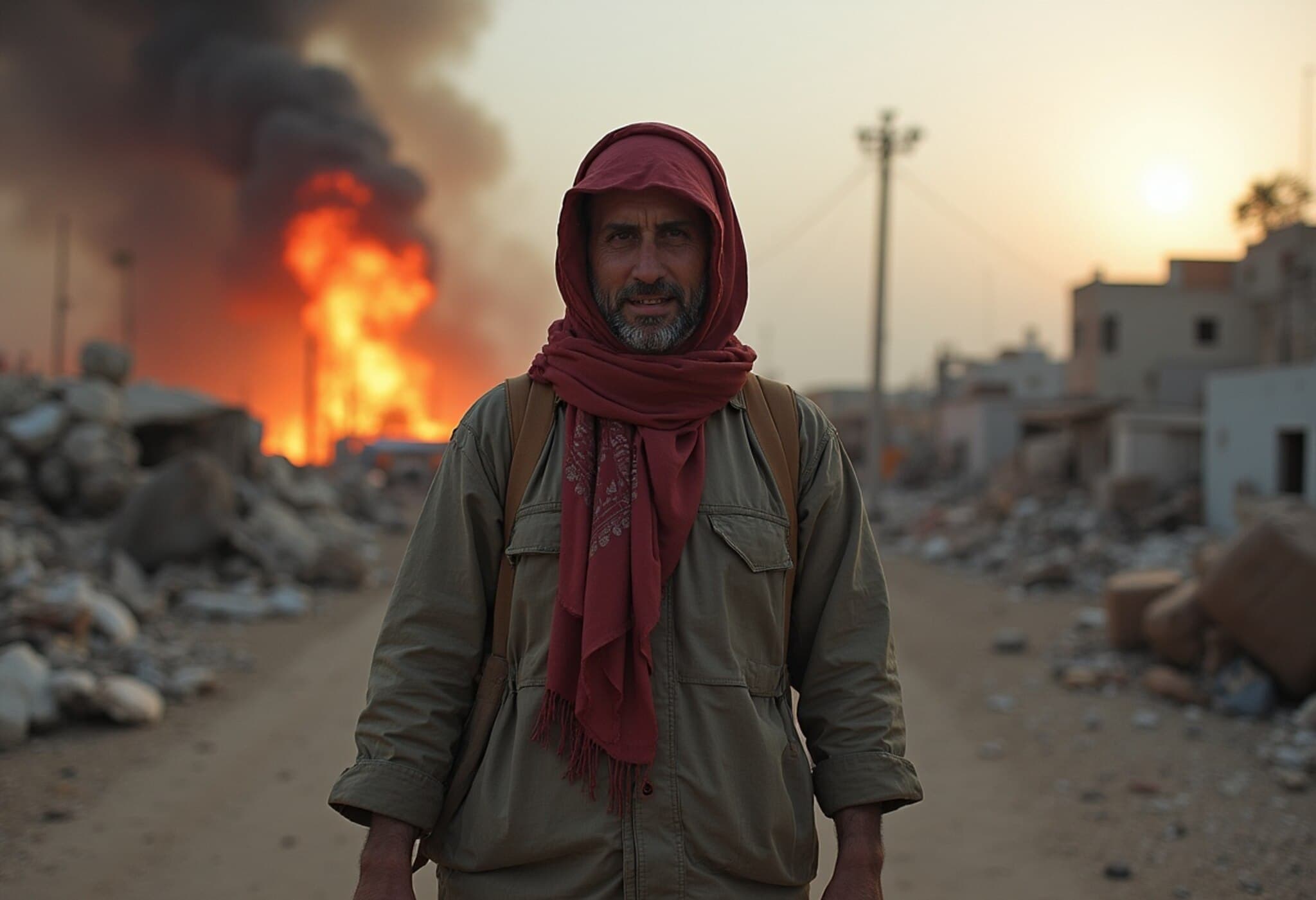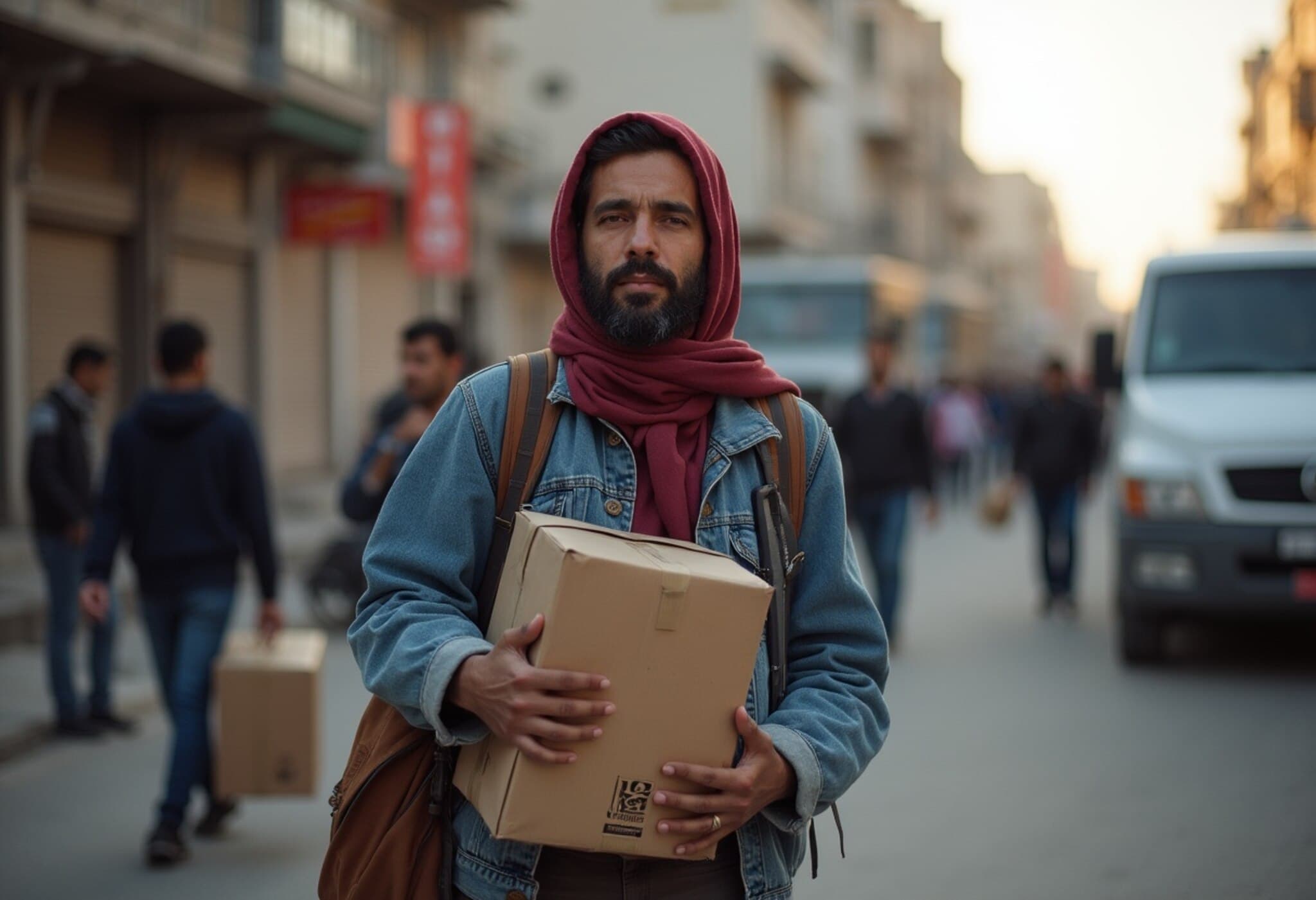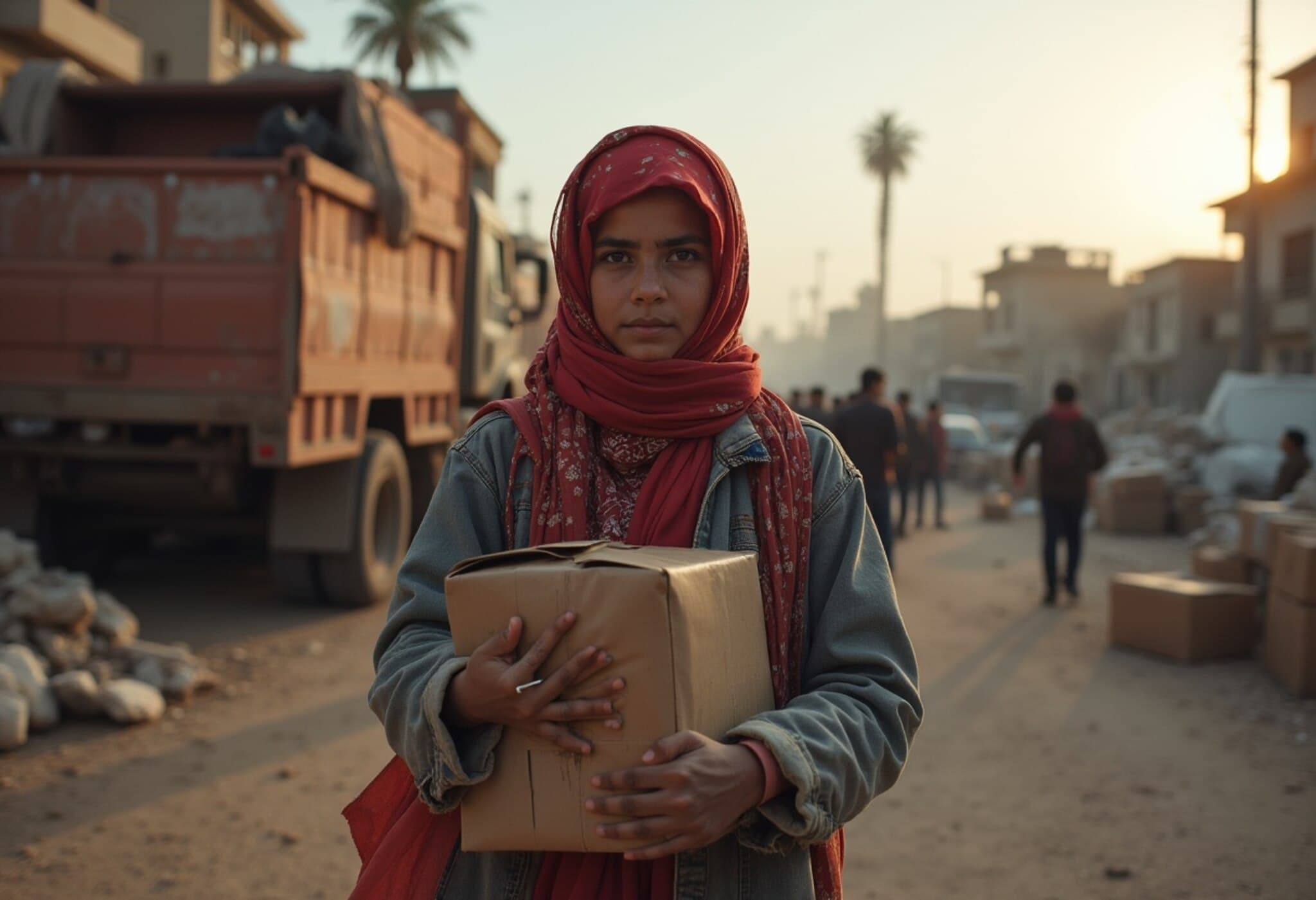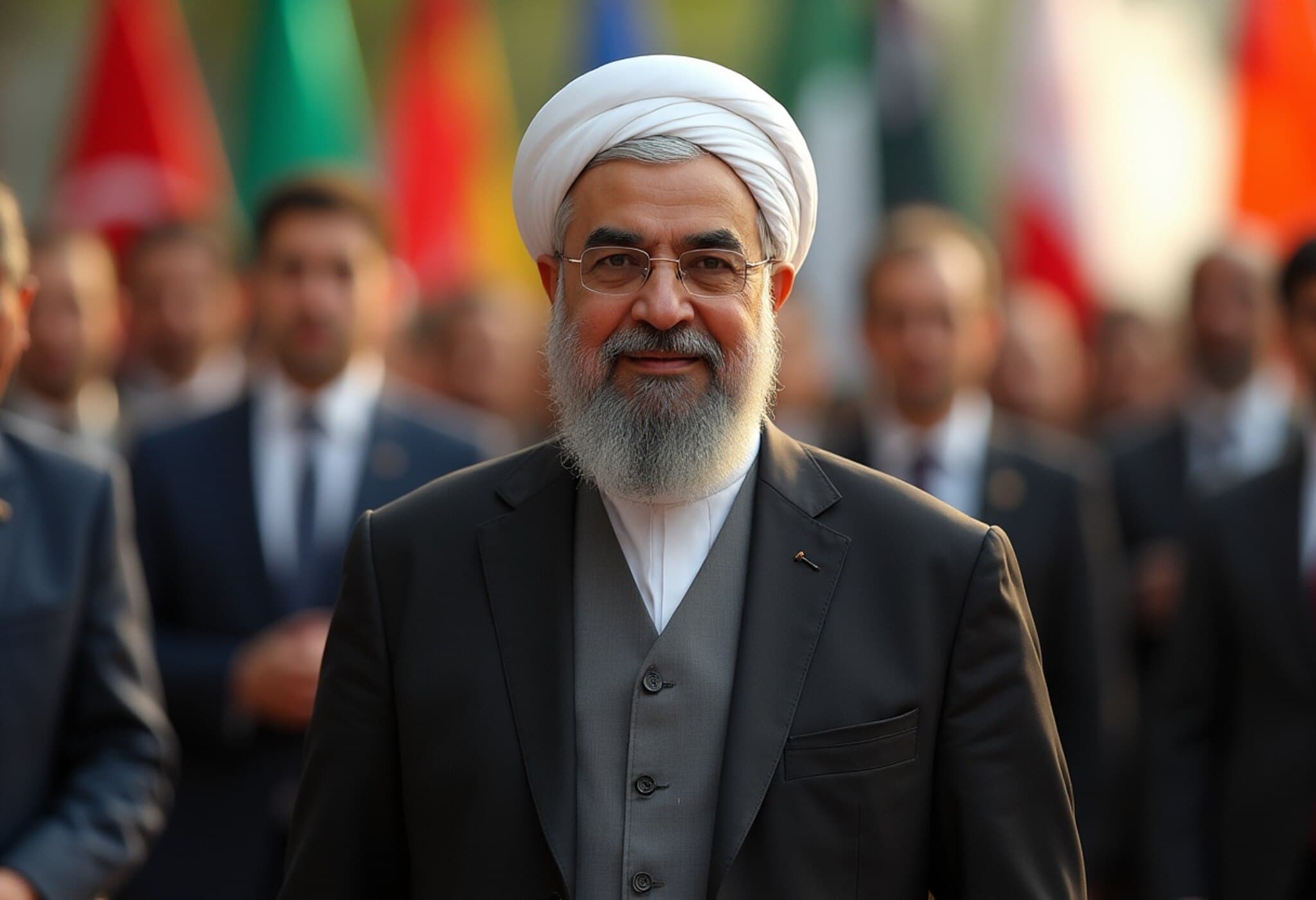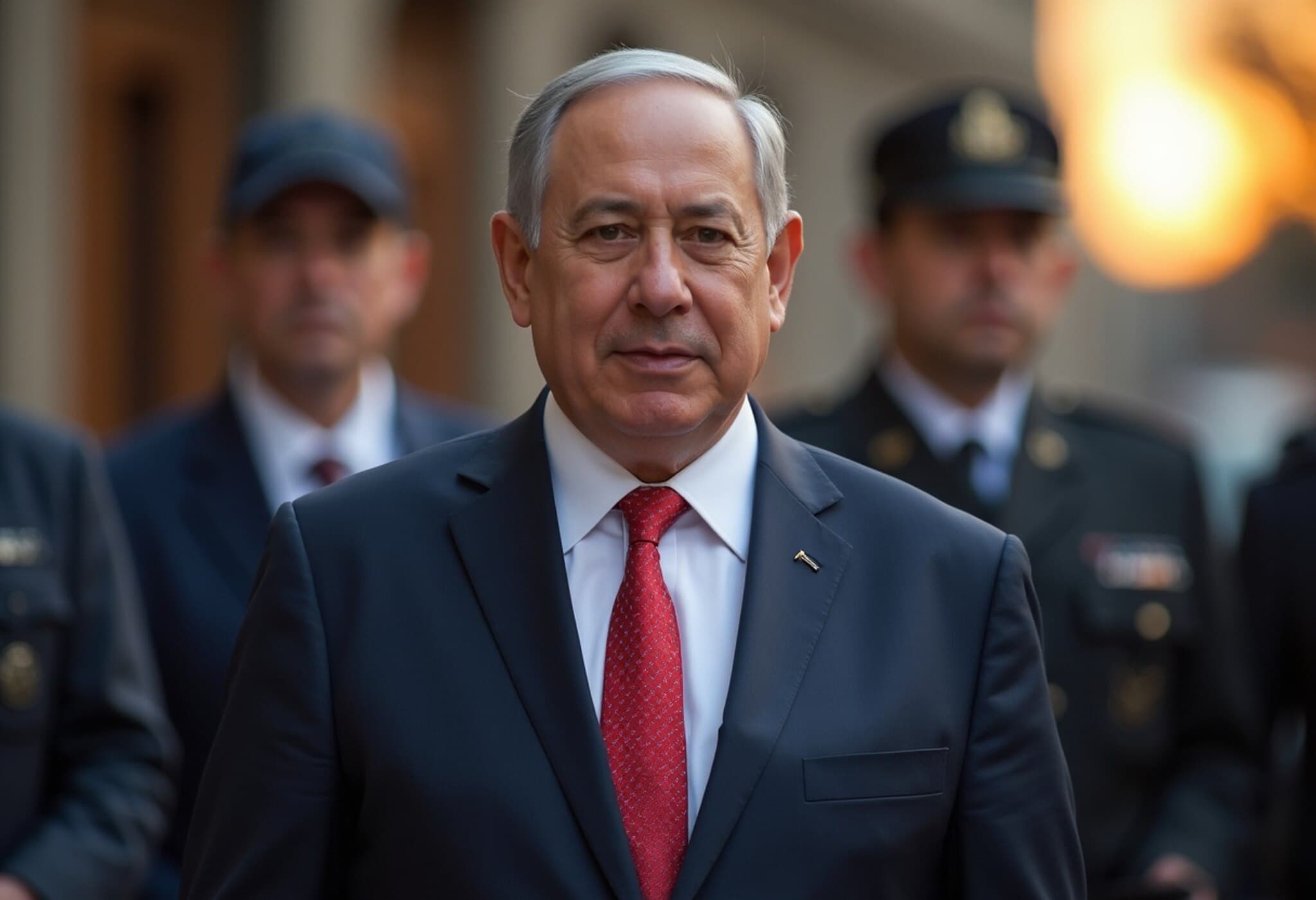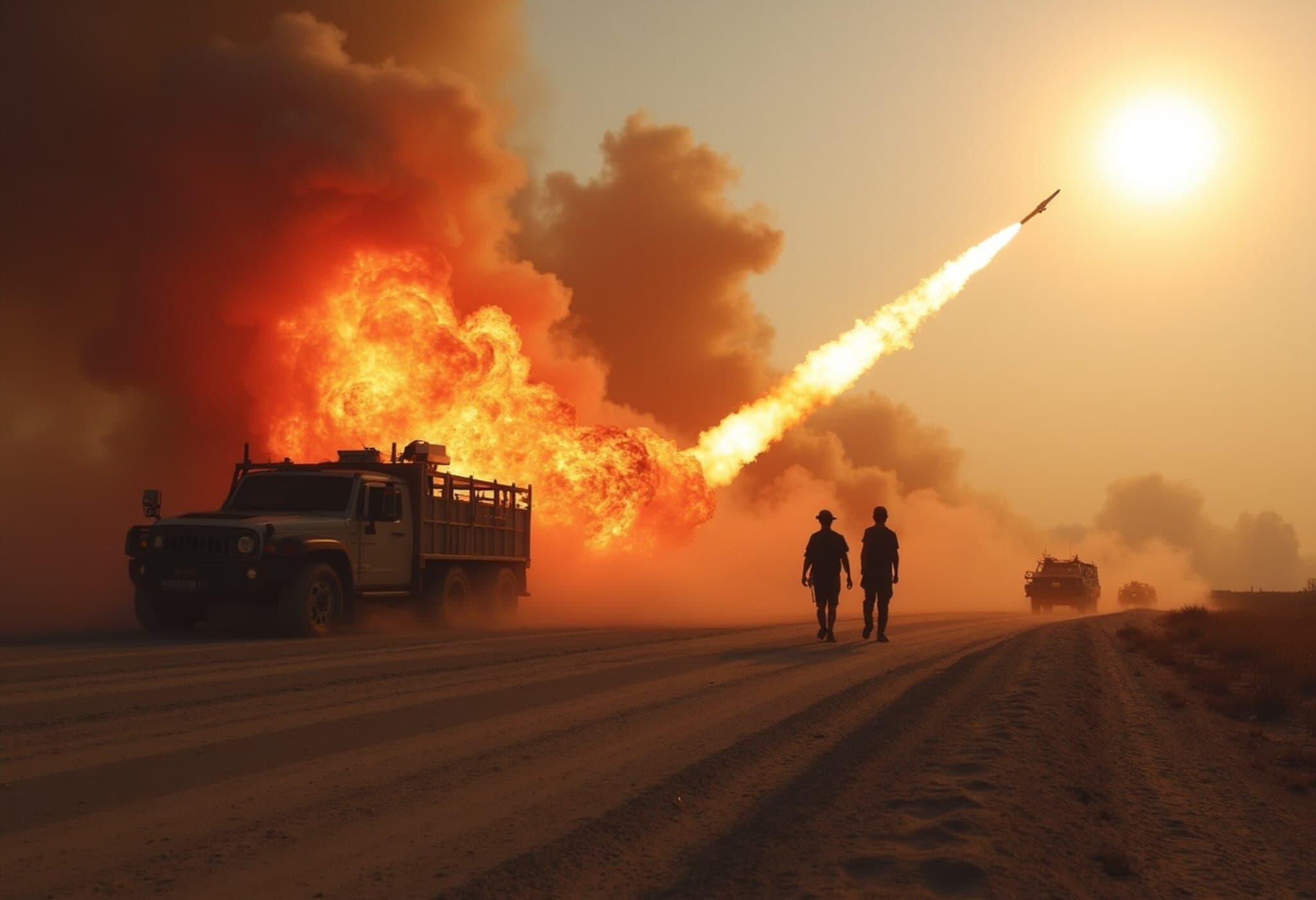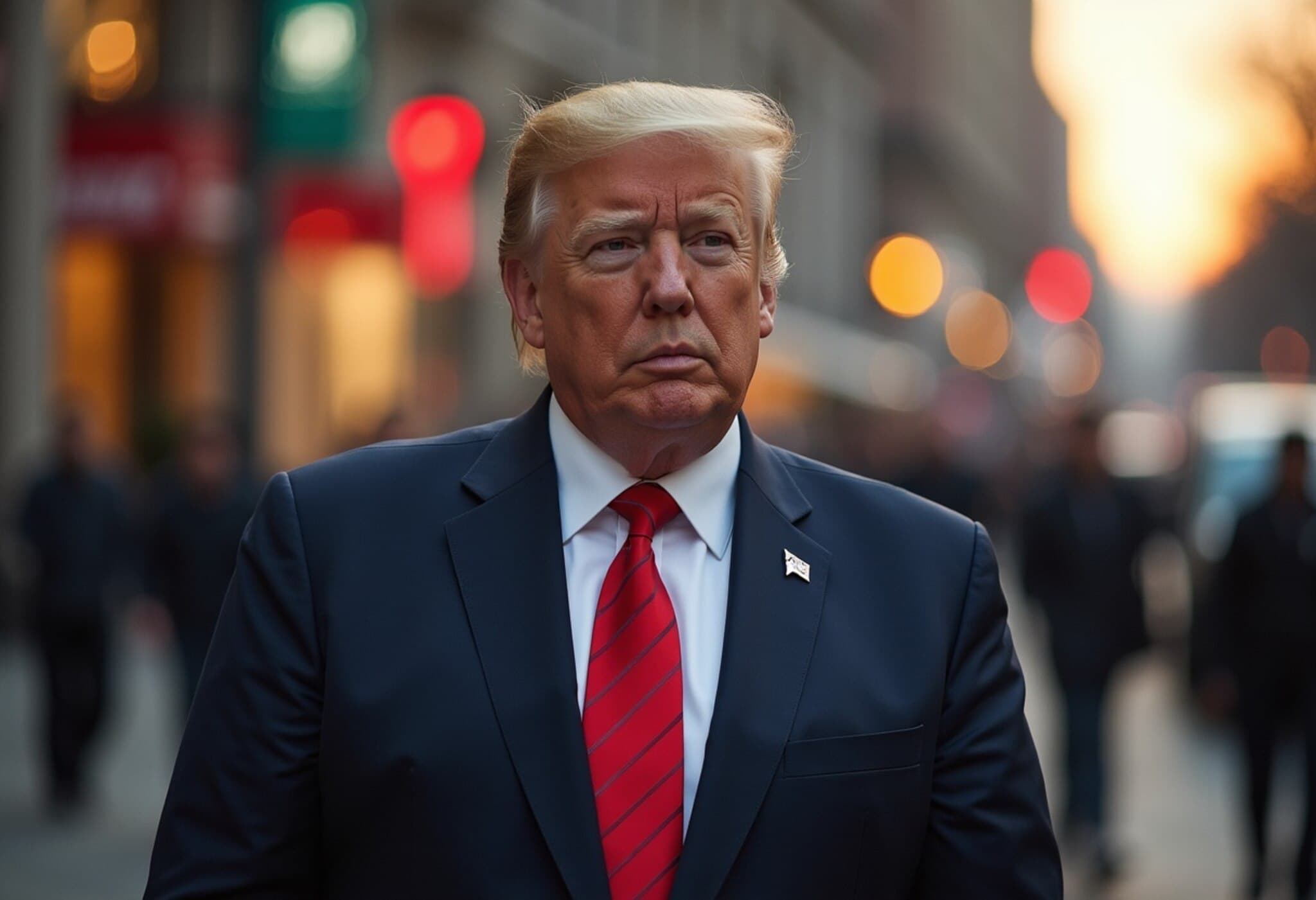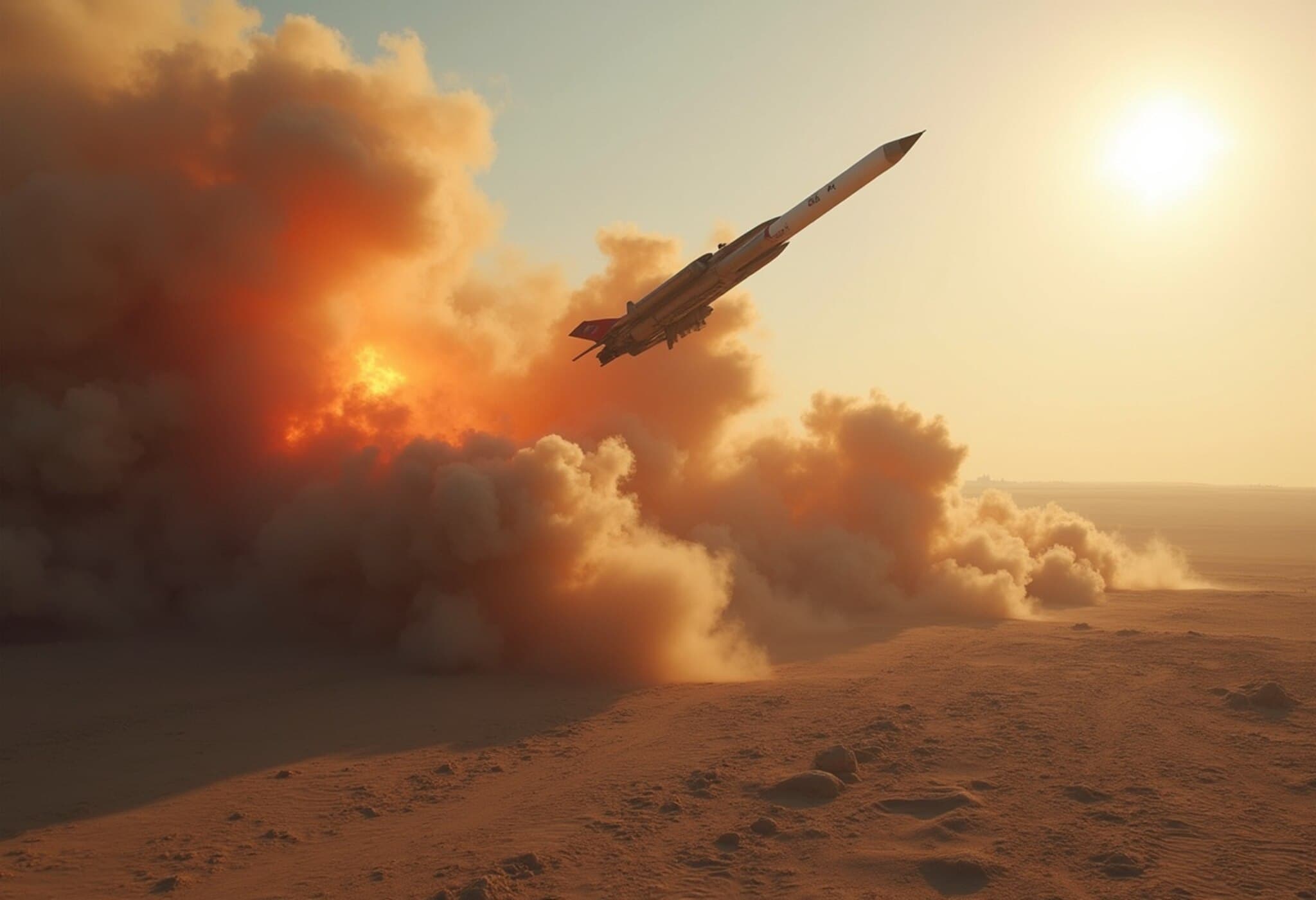Deadly Chaos at Gaza Aid Crossing Raises Tensions Amid Ongoing Conflict
In a heart-wrenching escalation, at least 37 Palestinians lost their lives while waiting for humanitarian aid at the Zikim Crossing in Gaza on Wednesday, according to reports from Shifa Hospital in Gaza City. The exact origin of the gunfire remains shrouded in uncertainty, and to date, the Israeli military, which controls this critical crossing point, has yet to provide an official explanation.
This tragedy unfolded amid mounting international concern over the dire humanitarian crisis engulfing Gaza, where large crowds have been gathering daily in hopes of receiving much-needed food and supplies.
US Envoy Steve Witkoff Arrives in Israel to Navigate a Fragile Ceasefire
Adding to the gravity of the situation, Steve Witkoff, the US envoy tasked with mediating an end to the nearly two-year-long Gaza conflict, has arrived in Israel for urgent discussions. Witkoff’s mission centers on pushing for a ceasefire and negotiating the release of hostages seized during Hamas’ October 7, 2023 attack—a violent assault that left nearly 1,200 Israelis dead and 251 abducted.
Recent Bloodshed Underlines the Human Cost of Prolonged Conflict
Tuesday alone saw at least 41 deaths across Gaza. Hospitals reported that 12 individuals died near the Zikim crossing after Israeli forces allegedly opened fire on civilians waiting for aid. Additionally, strikes in Jabaliya, Beit Lahiya, and Beit Hanoun claimed 13 lives, while 16 others perished near the Morag corridor in Khan Younis.
Perhaps most harrowing, local health authorities reveal that since the conflict’s onset, malnutrition has claimed 89 children and 65 adults in Gaza. These stark figures point to the catastrophic humanitarian fallout of the hostilities.
Contrasting Narratives Fuel Complexity of the Crisis
The Israeli government disputes claims of widespread hunger within Gaza, contesting the reports issued by the United Nations and various aid organizations. With conflicting narratives and deep-rooted mistrust, the situation on the ground remains volatile and complex.
Casualty figures underscore the devastating toll: while Hamas’ initial attack on Israeli soil triggered international outrage, Israel’s subsequent military response has, according to Gaza’s health ministry, killed over 60,000 Palestinians. It's important to note that Gaza’s health ministry operates under Hamas control, which complicates independent verification of data.
Expert Insights: Navigating the Thin Line Between Aid and Conflict
This latest escalation highlights a critical challenge in conflict zones worldwide—the perilous intersection between humanitarian assistance and security concerns. Experts emphasize that securing aid corridors without endangering civilian lives requires delicate negotiation and transparent communication between all parties.
From a US policy perspective, Witkoff’s arrival signals Washington’s heightened focus on fostering dialogue amidst a protracted war with profound regional and global implications. The envoy’s success or failure could reshape US involvement in Middle East diplomacy for years to come.
Outstanding Questions
- Who exactly is responsible for the gunfire at the aid crossing, and what immediate accountability measures are in place?
- Can international observers be granted unfettered access to verify humanitarian conditions and casualty reports in Gaza?
- How will ongoing aid delivery adapt to ensure safety for civilians caught between warring factions?
Looking Forward
As international attention focuses on the unfolding negotiations in Israel, the humanitarian catastrophe in Gaza demands urgent and sustained global action. The deaths at the Zikim crossing serve as a tragic reminder of the cost when aid access and human dignity collide with the harsh realities of war.
Editor's Note: This increasingly complex conflict underscores the fragile balance between military objectives and humanitarian imperatives. Readers are encouraged to consider how global powers, regional actors, and local populations can collaboratively work toward solutions that preserve human life and dignity while addressing security concerns. As the situation evolves, continuous scrutiny and advocacy for transparency remain essential.

